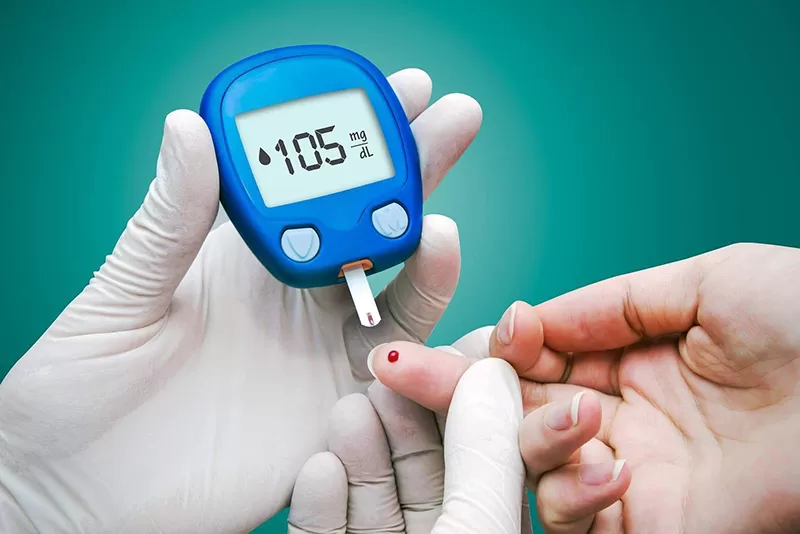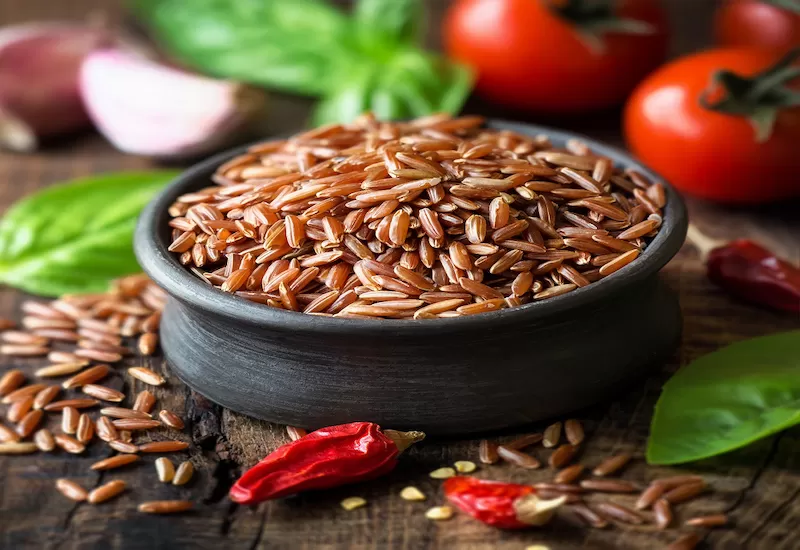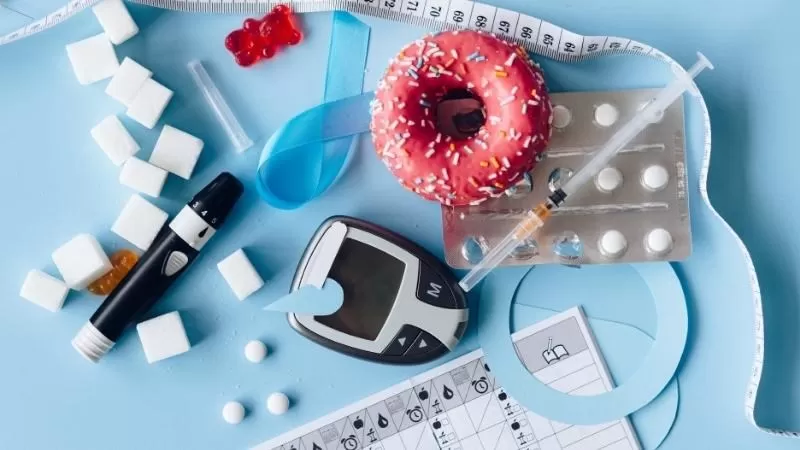1. Definition of blood pressure and high blood pressure
Blood pressure is the pressure of blood in the arteries caused by the heart's contractions pushing blood from the left ventricle into the arterial system. Here, thanks to the contraction pressure of the vessel walls, blood circulates to the organs in the body.
Systolic blood pressure is when the heart contracts to push blood, the pressure in the arteries is greatest. During the period when the heart relaxes, the pressure drops to the lowest level, which is the diastolic blood pressure.
high blood pressure is a phenomenon where blood pressure is higher than normal, determined when systolic blood pressure is greater than or equal to 140mmHg, diastolic blood pressure is greater than or equal to 90 mmHg. For adults, optimal blood pressure is usually 120/80 mmHg.
Blood can circulate thanks to blood pressure. The important task of blood pressure is to bring blood rich in oxygen and nutrients to all cells to maintain the body's activity. Therefore, when blood pressure is high, this function is affected, causing dangerous complications.
2. Pathogenesis of high blood pressure
According to many studies, in general the frequency of the disease is currently lower than in European and American countries. However, in countries like the US, the proportion of people with high blood pressure tends to decrease, but in Vietnam, over the years, the number of patients with high blood pressure is increasing and the disease progression is increasingly complicated. 95% of all patients with high blood pressure have an unclear pathogenesis. Cardiovascular physiologists and clinicians have done a lot of research in an effort to find the pathogenesis of hypertension. Some recognized mechanisms are as follows:
For primary hypertension
-
Increased activity of the sympathetic nervous system: common in young people, this increases myocardial activity leading to increased cardiac output. The peripheral arterial system and renal arteries constrict, increasing peripheral resistance, leading to increased blood pressure.
-
The salt concentration in the plasma will stimulate the glomeruli to secrete renin - an enzyme responsible for regulating blood pressure and maintaining filtration pressure in the glomeruli. Renin is a catalyst for the conversion of Angiotensin to Angiotensin II. This substance stimulates the adrenal cortex to increase water and salt retention. Angiotensin II is present in the arteries, increasing the volume of circulating fluid, which is the basis for high blood pressure.
-
People often tell each other that when you have high blood pressure, you should not eat too much salt. This is completely true with the disease-causing mechanism as follows: the main component of table salt is sodium. When you eat a lot of sodium, the kidney's filtering ability increases, increasing water absorption, causing blood volume to increase. Sodium and calcium penetrate through the membrane into the cells of vascular smooth muscle, increasing vascularity and peripheral resistance, leading to increased blood pressure.
-
When there is a deficiency of Prostaglandin E2 and Kallikrein, two substances in the kidney that play a role in regulating blood pressure, it can also lead to high blood pressure.



